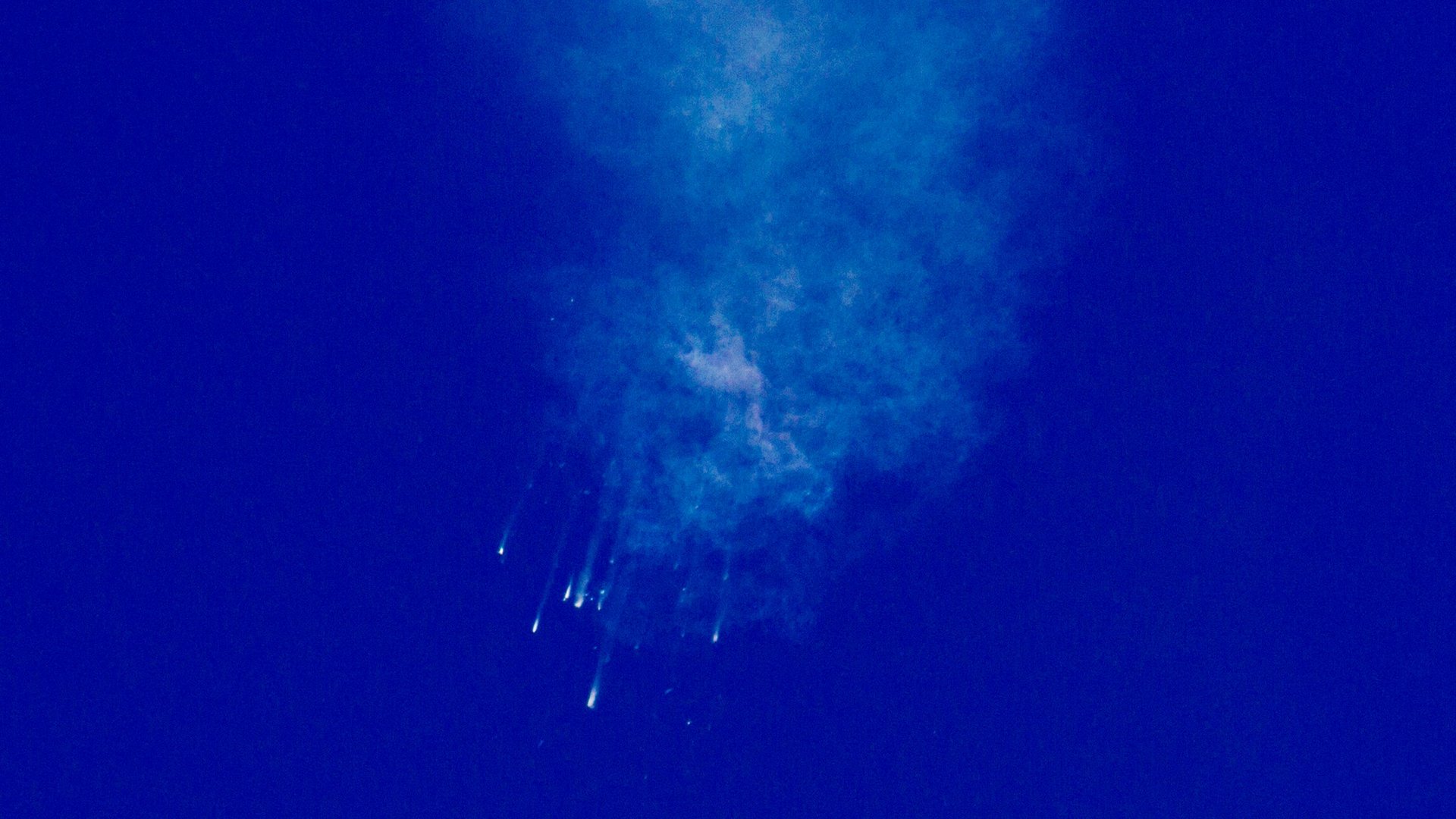How SpaceX kept its number one client happy after its rocket exploded
When a SpaceX rocket exploded while ferrying supplies to the International Space Station (ISS) a year ago, the consequences were far-reaching.


When a SpaceX rocket exploded while ferrying supplies to the International Space Station (ISS) a year ago, the consequences were far-reaching.
The failure of the commercial resupply mission, known as CRS-7, spelled delays for future missions to the station and lost NASA a new airlock it had developed for commercial spacecraft bringing humans to the station. It tightened the supply of necessary resources on the ISS and, back on Earth, emboldened opponents the space startup’s opponents in Congress, which ultimately controls how much NASA can spend on its contractors.
Most of all, it represented a major hurdle for the commercial space business, which is trying to develop low-cost transit to space—with NASA and the ISS as the industry’s key patrons.
But SpaceX was able to return to flight less than six months later, and has since flown twice for NASA, launching a research satellite and ferrying a load of supplies ISS. Now, a new audit (pdf) of the US space agency’s relationship with its private space contractors shows how SpaceX retained the confidence of its government bosses.
First, unlike traditional satellite contracts between NASA and private companies, the commercial resupply contracts split launches into three phases—preparation, launch, and mission completion. The dramatic inflight explosion meant that SpaceX forfeited a third of its launch fee, perhaps as much as $44 million. (The individual price breakdown of the flights aren’t public, but the contract pays SpaceX about $1.6 billion for 12 missions.)
Further, the company guarantees the price of launches even if there are delays. By locking in prices early, the audit says, NASA saved more than $65 million, which is more than the quoted price of launching SpaceX’s Falcon 9 rocket.
And the company also agreed to deliver NASA a bunch of extras at no cost; for example, it ramped up the electrical power onboard its Dragon spacecraft so that it can take more three times more cargo, like science experiments, that need to be plugged into a power outlet during launch, berthing, and splashdown.
The company also shifted its manufacturing practices in response to NASA concerns. SpaceX’s internal investigation into the rocket failure put the blame on a strut manufactured by a still-anonymous subcontractor, which broke under stress and spurred the chain of events that ended with, in Musk’s favored parlance, rapid unexpected disassembly.
But NASA’s own investigation added that, beyond the problem with the strut itself, several other “credible causes” could have influenced the explosion, including potential improper installation and even “such practices as individuals standing on flight hardware during the assembly process.”
Earlier this year, NASA’s administrator took the step of sending a letter to SpaceX “expressing concerns about the company’s systems engineering and management practices.” Even if the reprimand plays into the narrative of SpaceX’s established aerospace rivals—that the company’s ultra-efficient approach to building rockets leans too much toward savings and not enough toward reliability—the company is confident in its investigation and its manufacturing processes.
“The root cause of the failure was a failed strut in the second stage—we confirmed this with extensive testing,” a SpaceX spokesperson says. “Technicians working on any airframe, rocket or other hardware are required to walk over it and did not contribute to the strut failure. A board of engineers and the FAA voted and approved the material flaw to be the most probable root cause. Not somebody standing on the strut.”
But in response to NASA’s concerns, the company has reorganized its quality control teams and how it assigns work to its technicians and tracks their progress, as well and now tests each individual component of the rocket for reliability.
The Falcon 9 rocket has flown seven times without incident since the 2015 accident.